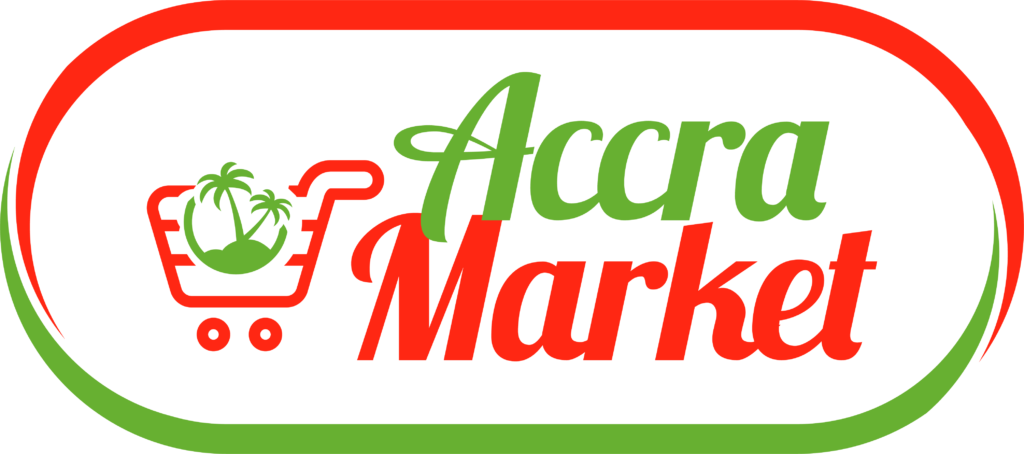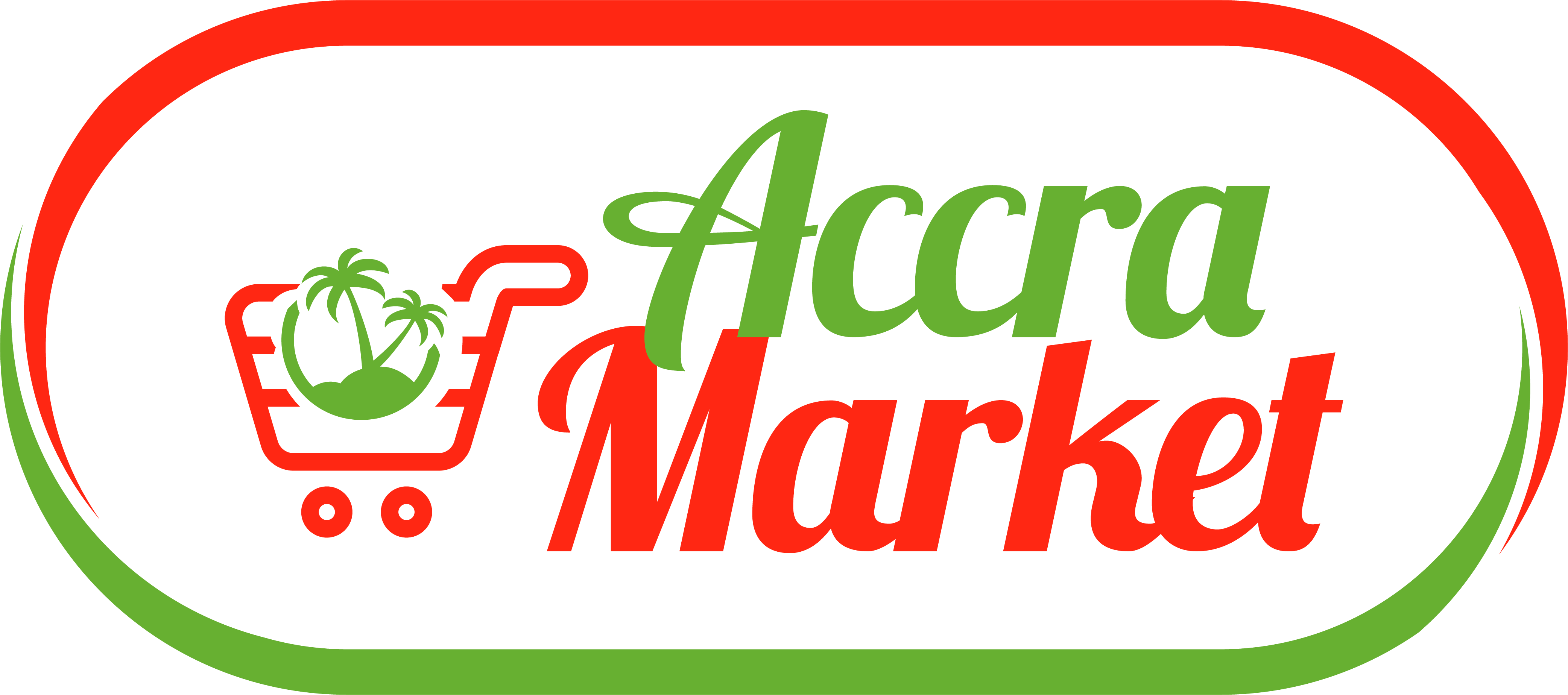
The globalized world has made ethnic culinary traditions increasingly popular because customers value opportunities to experience genuine culinary heritage through food. People who enjoy food in any capacity need authentic ingredients because they both maintain original cultural elements and authentic taste. This extensive guide, Tips for Identifying Authentic Ethnic Food Products, presents an analysis of authentic ethnic food product identification methods through the exploration of authentic ethnic indicators and mass-produced alternative ingredient recognition techniques, as well as practical methods to obtain genuine traditional food products.
Introduction
Traditional food products offer more than product categories because they maintain components of ancient cooking techniques from generation to generation. The modern consumer seeks genuine ethnic food items because they want both unfamiliar tastes and support both traditional preparation techniques combined with local product manufacturers. Selecting authentic products allows you to support cultural heritage traditions through traditional foods that deliver better quality and healthier nutrition while preserving authentic flavors.
Traditional spice blends made of handmade sauces together with organic produce provide flavor intensity that cannot be replicated by standardized manufacturing processes. The authentic nature of ethnic food products usually includes traditional packaging along with clear labels for country origin and official certifications that verify their genuine origin.
The following guide tackles crucial subject matter starting with authentic food definitions followed by methods to detect genuine ethnic products alongside certification value and positive aspects of selecting regional artisanship. The information in these tips will guide your purchasing decisions when searching for authentic ethnic food products in any shopping setting.
Understanding Authenticity
What Makes a Food Product Authentically Ethnic?
Authenticity in ethnic food products goes beyond the ingredient list—it is a reflection of the cultural and historical context from which the food originates. Here are key factors that define authenticity:
- Traditional Ingredients: Authentic items use traditional components which both come from established local sources and receive traditional preparation methods. The authentic ingredients in an Italian pasta sauce must feature San Marzano tomatoes and olive oil from the Mediterranean region together with fresh basil.
- Preparation Methods: The traditional food preparation methods such as slow-cooking and hand-making, along with sun-drying, determine authentic food status. Standard food production techniques use extensive human effort, which cannot easily transition to factory-scale production methods.
- Regional Origins: The geographical indication showing the exact region or country where a product was made serves as an important sign of authenticity. Products should display their origin details through designated labels.
- Cultural Heritage: Food authenticity preserves cultural heritage since it maintains the traditional heritage elements of the community. The food products of cultural heritage bring stories and traditions with them, together with their heritage recipes.
Authentic vs. Mass-Produced Products
Mass-produced ethnic food products may mimic the flavors of traditional cuisine, but they often compromise on quality. Here’s how authentic products differ:
- Ingredient Quality: Authentic products tend to use fresh, high-quality ingredients without unnecessary additives or preservatives.
- Artisanal Craftsmanship: The production process of authentic items involves skilled craftsmanship, often by local artisans, whereas mass production relies on automated processes.
- Cultural Integrity: Authentic products retain cultural nuances in flavor, aroma, and presentation, whereas mass-produced alternatives might lack these unique characteristics.
- Packaging: Authentic products often feature traditional packaging that reflects the cultural identity of the food, including the use of native language and regional symbols.
By understanding these differences, consumers can make better choices that honor tradition and ensure a richer culinary experience.
Tips for Identifying Authentic Products

Finding authentic ethnic food products requires attention to detail. Here are actionable tips to help you identify genuine products:
Check the Label
Labels are the first line of information when identifying authentic food products. Look for:
- Country of Origin: Authentic products should clearly state the country or region where they were produced. For instance, a traditional Spanish olive oil will highlight its Mediterranean origin.
- Traditional Certifications: PDO and TSG are traditional certifications you should seek when shopping for specific products. A product with these certifications demonstrates that it passes rigorous quality standards coming from designated regions.
- Language and Terminology: Authentic products often feature native language or regional dialects on their labels. This can be a sign that the product is true to its cultural roots.
- Ingredient Transparency: Authentic labels provide a detailed ingredient list, emphasizing traditional components and minimal processing.
Recognize Traditional Packaging
Packaging can provide clues about a product’s authenticity:
- Cultural Aesthetics: Authentic products often use packaging that incorporates traditional designs, motifs, and colors that reflect the culture of origin.
- Handcrafted Appearance: Look for packaging that has a handmade feel or artisanal details. Mass-produced items typically have uniform, machine-made packaging.
- Information and Storytelling: Authentic products may include information about the heritage, history, or local production methods, adding context and trust to the product.
Research Brands
Not all brands are created equal. Here’s how to ensure you’re buying from a reputable source:
- Brand Reputation: Choose brands that have a proven track record for authenticity. Research online reviews and check if the brand has received any awards or certifications.
- Company Transparency: Reputable companies often provide detailed information about their sourcing, production methods, and quality standards on their websites.
- Local and Artisanal Producers: The support of smaller traditional operations must aim at regional providers who preserve their artistic techniques. Local producers demonstrate better product authenticity through their operations compared to mainstream commercial manufacturers.
Visit Specialty Stores

One of the best ways to ensure authenticity is by shopping in person at specialty stores:
- Ethnic Grocery Stores: These stores specialize in a specific cuisine and often source products directly from the country of origin.
- Farmers’ Markets: Local markets are excellent places to find artisanal products that have been made using traditional methods.
- Cultural Festivals: Food festivals celebrating specific ethnic cuisines provide opportunities to sample and purchase authentic products.
Understand Ingredient Lists
The ingredient list can be a telltale sign of authenticity:
- Traditional Ingredients: Authentic ethnic food products typically contain ingredients that are native to the region, such as specific spices, herbs, or traditional produce.
- Minimal Additives: Look for products with fewer artificial additives, preservatives, and fillers. Authentic products focus on natural flavors and high-quality ingredients.
- Sourcing Information: Some products include information on where the ingredients are sourced, which adds credibility to their authenticity.
The Role of Certifications
Certifications play a vital role in verifying the authenticity of ethnic food products. Here’s what to look for:
- Protected Designation of Origin (PDO): PDO status verifies products are made in particular regions through traditional method chains which start and end in the exact geographical zone. PDO-certification enables consumers to identify cheeses and wines that result from traditional production methods in specific regions.
- Traditional Speciality Guaranteed (TSG): Traditional Speciality Guaranteed (TSG) labels traditional products through recognition of their composition formula or production methods. The TSG certification function is to identify genuine artisan products that avoid mass-production methods.
- Organic Certifications: While primarily focused on farming practices, organic certifications can also indicate a commitment to traditional, environmentally sustainable practices.
These certifications are not only a mark of authenticity but also reassure consumers about the quality and heritage of the product.
Supporting Local and Artisanal Producers
Choosing authentic ethnic food products also means supporting local and artisanal producers who maintain traditional methods. Here’s why it matters:
- Preservation of Culture: Local artisans benefit from purchasing traditional food items which contributes to cultural heritage preservation. Local producers use traditional cooking methods that extend from family members passing down their recipes and preparation methods throughout generations.
- Quality and Freshness: Artisanal products are typically made in small batches, ensuring higher quality, fresh ingredients, and personalized attention to detail.
- Economic Support: Supporting local producers boosts the local economy and encourages sustainable agricultural and production practices.
- Unique Flavors: Artisanal producers often create products with distinctive flavors that reflect the region’s culinary traditions, offering an unparalleled taste experience.
By choosing products from reputable local sources, consumers not only enjoy superior quality but also contribute to the sustainability and preservation of traditional food cultures.
Additional Tips for Finding Authentic Ethnic Food Products

Here are some extra tips to ensure you always choose authentic ethnic food products:
Attend Food Expos and Trade Shows
- Networking Opportunities: Food expos provide a platform to connect with authentic producers, learn about new products, and see live demonstrations of traditional methods.
- Education: These events often feature workshops and seminars that offer insights into the sourcing and production of ethnic foods.
Leverage Social Media and Online Communities
- Follow Influencers: Many food bloggers and influencers focus on authentic ethnic cuisines and can be great sources for recommendations.
- Join Online Forums: Platforms like Reddit or Facebook groups dedicated to ethnic food can offer firsthand reviews and tips.
- Check Reviews: Online reviews and ratings can provide valuable insights into the authenticity and quality of products.
Read Product Labels Carefully
- Look for Detailed Information: Authentic products often provide detailed information about the production process, ingredients, and the cultural significance behind the food.
- Avoid Overly Generic Descriptions: Be cautious of products that use generic terms without specifying the region or traditional methods used.
Ask Questions
- Contact Sellers: Don’t hesitate to ask questions about the product’s origin, production process, and certifications. Genuine producers will be happy to provide details.
- Inquire at Specialty Stores: Staff at ethnic grocery stores are often knowledgeable about their products and can offer valuable advice.
Conclusion
Conducting genuine ethnic food purchases represents both a gastronomic choice and a cultural preservation effort dedicated to genuine taste explorations worldwide. Using the detection guidelines in this guide enables you to confidently acquire genuine ethnic food products of superior quality and traditional roots.
Your culinary experiences become more authentic by examining product labels and brands with research-based brand selection and supporting home-based artisans in each step of your journey, thus enabling you to respect cultural developments throughout history. The abundance of mass-produced alternatives in the market makes authenticity emerge as an exceptional quality sign, which shows traditional admiration




